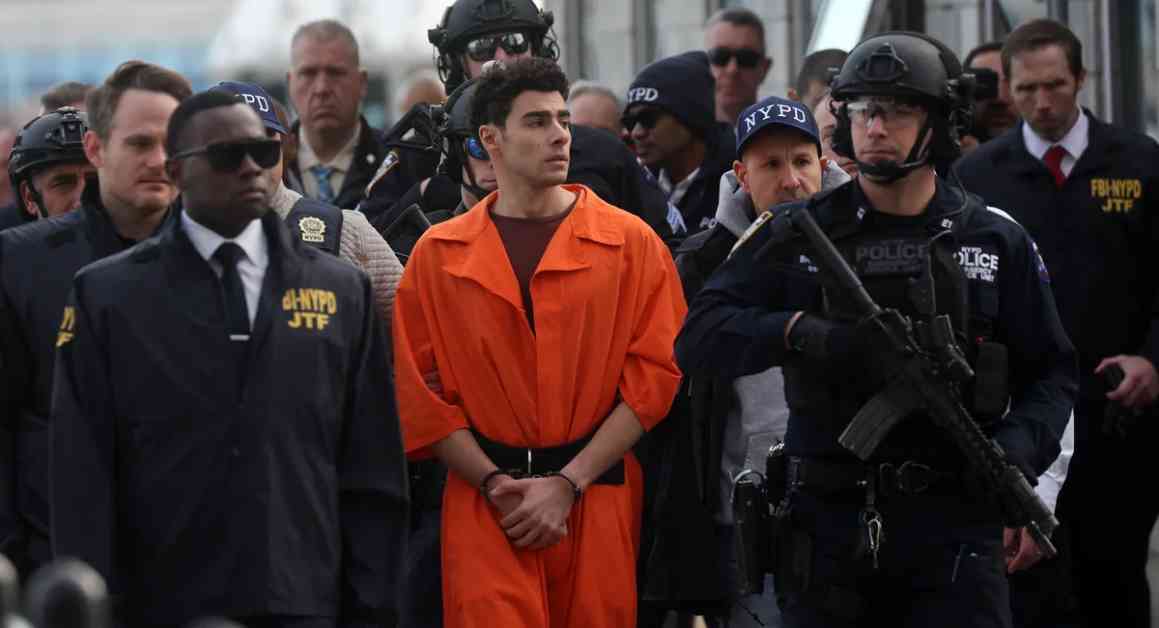The Impact of NYPD’s Perp Walk on Luigi Mangione: A Critical Analysis
Luigi Mangione, the 26-year-old charged in the fatal shooting of UnitedHealthcare CEO Brian Thompson, made headlines when he was brought to New York City via helicopter on Thursday. Clean shaven and wearing an orange Department of Correction jumpsuit, Mangione was accompanied by close to two dozen individuals, including NYPD officers, federal officials, and Mayor Eric Adams. The scene of his arrival, with the Hudson River in the backdrop, resembled something out of an action movie rather than a routine prisoner transfer.
The Controversial Practice of Perp Walks
Perp walks, a controversial practice designed to shame suspects and highlight police work, have come under scrutiny for their impact on individuals who have only been accused, not convicted, of a crime. The NYPD, known for frequently conducting perp walks, has faced criticism for potentially damaging the reputations of those involved.
Social Media Backlash
Mangione’s perp walk quickly gained attention on social media platforms, where users expressed sympathy for the accused individual. Many noted the irony of Mayor Eric Adams’ presence at the event, given his own criminal charges and those of his adviser, Ingrid Lewi-Martin. The optics of the perp walk seemed to have backfired, with Mangione being portrayed in a more sympathetic light than intended.
Public Reaction and Memes
Following the public release of photos and videos of Mangione’s arrival, memes and commentary flooded social media. Observers noted the cinematic nature of the event, further heightened by Mayor Adams’ dramatic appearance and statements. Questions arose regarding the NYPD’s motives behind the perp walk and the resources allocated to its execution.
Unexpected Sympathy
Despite the intention to shame Mangione, the perp walk may have inadvertently garnered sympathy for the accused individual. The public’s reaction to the event raised important questions about the ethical implications of such practices and the potential unintended consequences of public displays of criminal suspects. In a twist of fate, what was meant to be a display of disgrace turned into a moment of reflection on the impact of sensationalized law enforcement practices.












